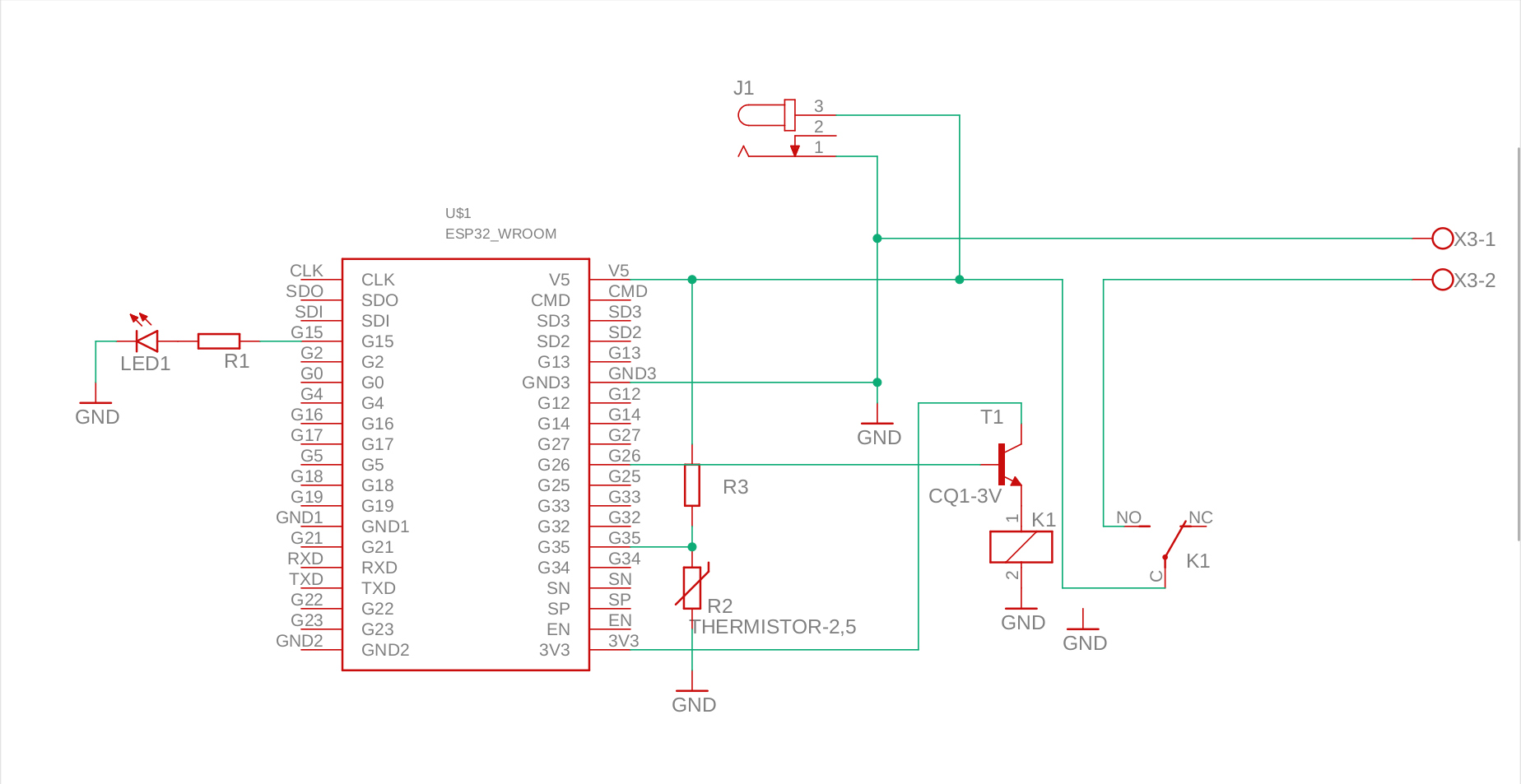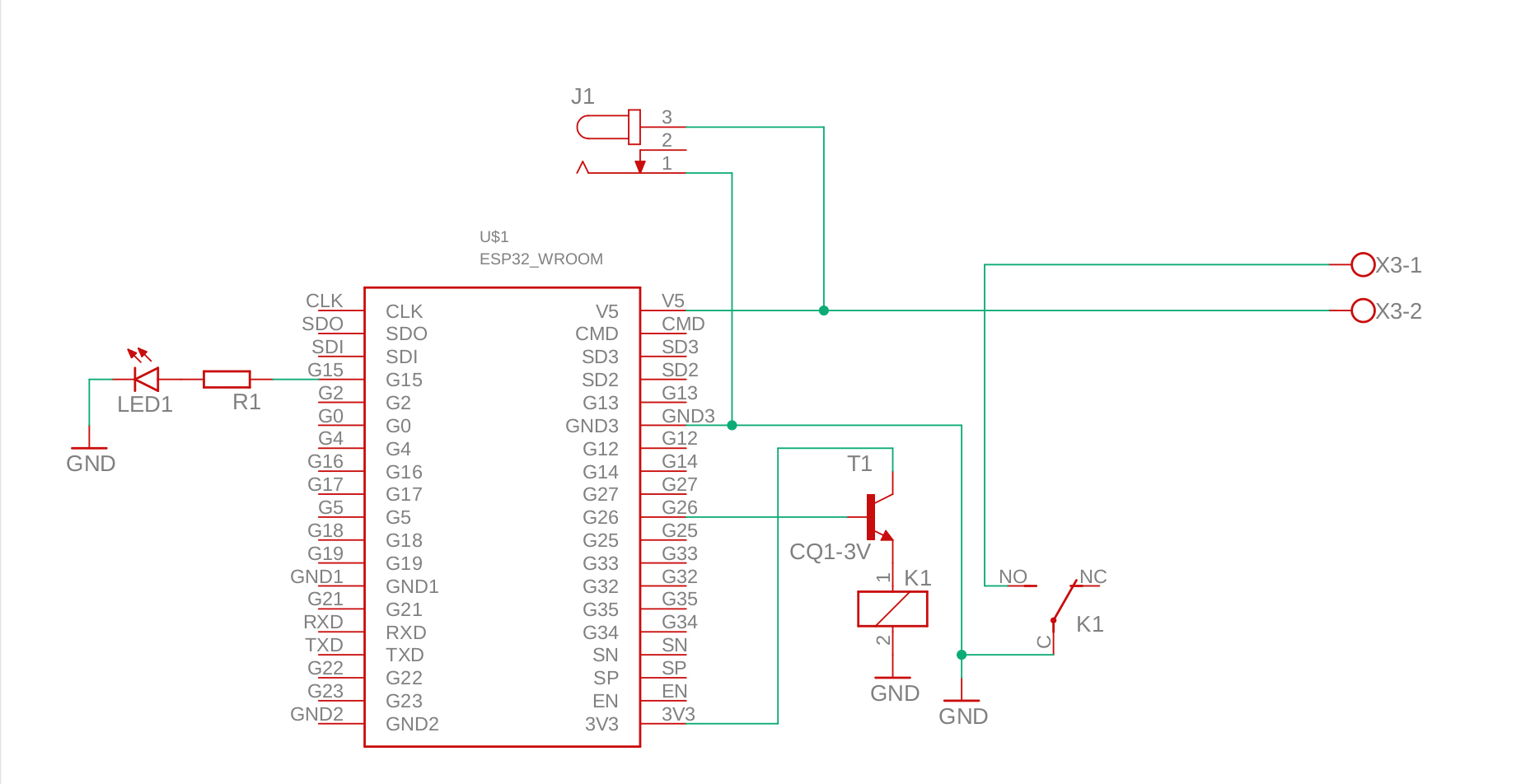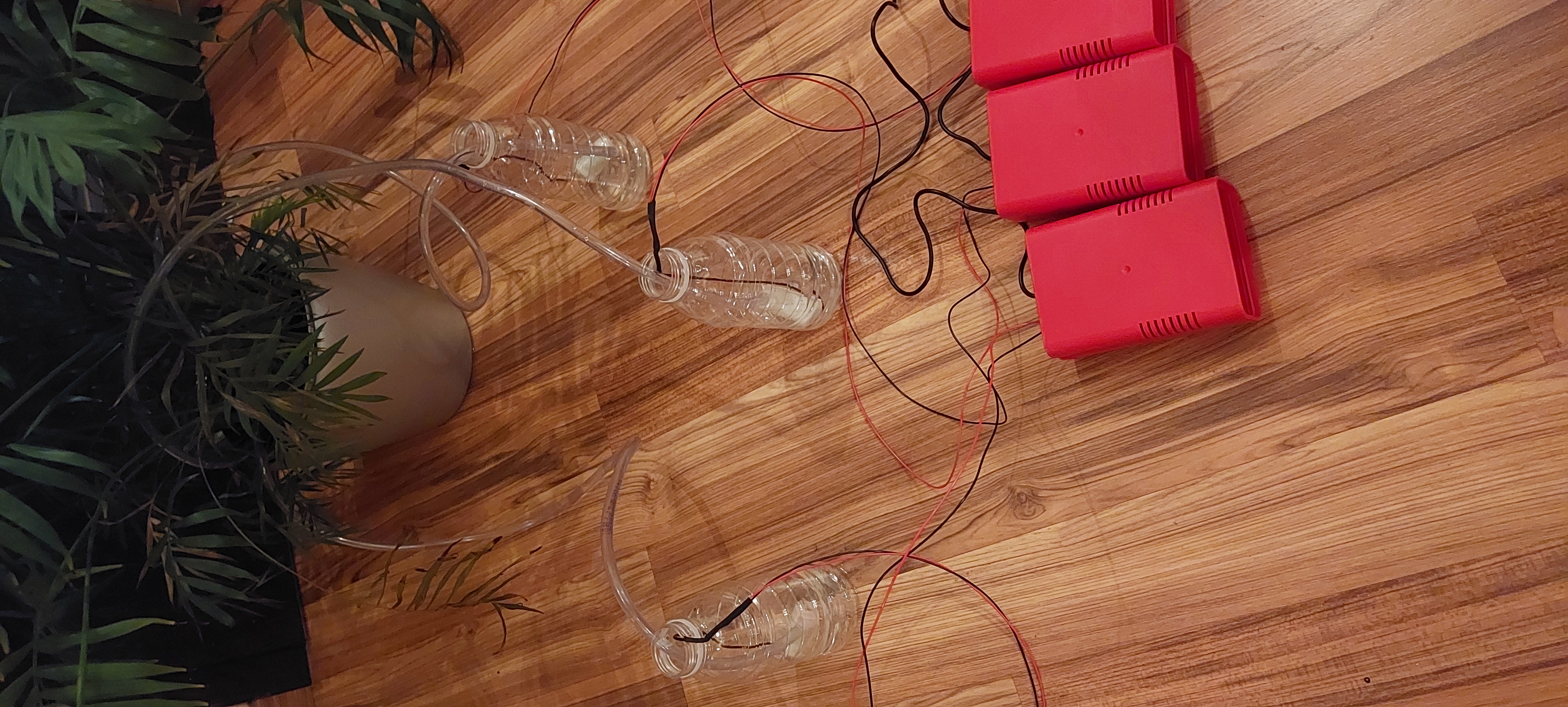Home Automation System
Description
Usual activities around the house would be controlling the central heating of the house or watering the outdoor plants. Focusing on these, installing automated systems that address these necessities is in a lot of ways a better approach. As a result, these scenarios rely on a fixed schedule that they follow every day. The goal that this project aims to achieve is to offer the possibility of interaction from a remote location with the system with the help of an online interface. In this regard, the function that the system performs doesn't change. Interactive behavior for such a system enables the control of the central heater or the plant watering system separately in contrast with the fixed schedule that they usually have to follow.
Summary
A more detailed glimpse into this scenario shows that the control for the already available systems is static. A remote interface to interact with the system does not exist. As an example, the outdoor watering system is programmed to water the plants at fixed intervals. Using an embedded device mounted in the vicinity of the central heater or the watering system is what is desired in this case. Through the help of an online control interface, the system receives the start and stop signals and as a result, starts watering the plants or turns on the central heater.
In the present use case, 4 modules have been constructed. They serve different purposes in order to form a system that is able to command the desired heating and watering systems. The first module represents the control of the central heater. It contains an embedded device that offers an online interface. Using the interface, a user can make requests to the server that runs on the embedded device. The other 3 modules represent the control of 3 different watering systems. Each system is constructed such that it can water a plant at fixed intervals of time. In the construction of this solution, each system has been programmed to have an idle time of 6 seconds in which the watering mechanism is also idle. It counts the seconds that have passed between each interval of time in order to switch between states. The number of seconds can be changed, but for the present use case, a time of 6 seconds for inactivity is best suited to demonstrate the functioning of the device. Another period is the active state which is set to 2 seconds. In this state, the system activates the watering mechanism and water flows from a container through a tube to the plant. The control of the watering system and the control of the central heater are constructed with the help of a relay controlled by the embedded device. In this manner, the watering system turns on and off based on both the periods in which the system is configured to water the plants and the input from the user with the help of the commands sent to the server. In case two commands are issued to do the same thing, the system maintains its current status. When the system is turned off, then it resumes to the normal function in which the time periods wait to expire in order to change states. Regarding the central heating control system, a thermistor is used as a sensor for the ambient temperature. The behavior is based on the current temperature reading. If the temperature drops below 23 degrees C, then the central heater is turned on in the same manner as the watering system and if the temperature rises above 30 degrees C, then the system disables the heating. A signal is used in this case, which is different from the signal sent for watering the plants. In the case of the central heater, a small current is needed to send the signal to the central heater, as a result, the relay switches a 5V signal to the output. Each device runs its own server. As a result, each individual module can be controlled separately.






